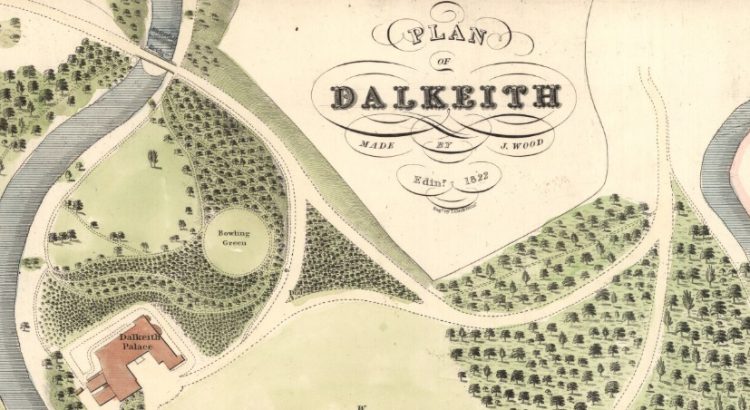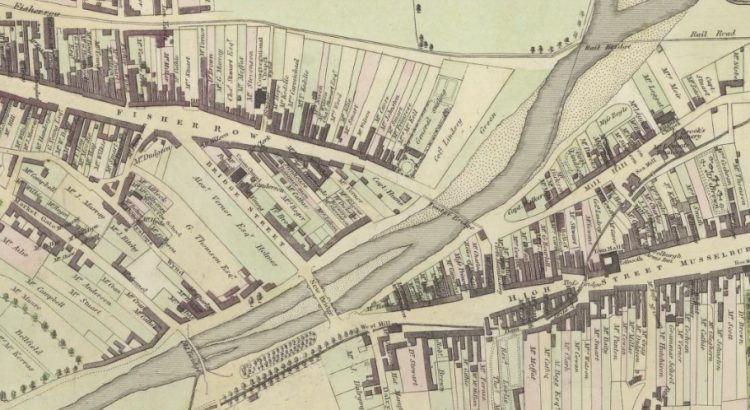East Lothian, known as Haddingtonshire until 1921, sits to the east of Edinburgh. Local Government Reorganisation in 1975 saw it gain the coastal burgh of Musselburgh from neighbouring Midlothian. That town is now the largest in the county, closely followed by Dunbar and its county town of Haddington. Its situation between Edinburgh and England has seen it witness some of Scotland’s most […]
Author: Craig Statham

Zoom into Midlothian
Midlothian is situated south of Edinburgh, and emerged as a county in the Middle Ages, also being known as Edinburghshire until 1921. The Local Government Reorganisation in 1975 saw it lose vast swathes of land to Edinburgh, East Lothian, West Lothian and the Scottish Borders. Most of the settlements lost at this time were relatively […]
